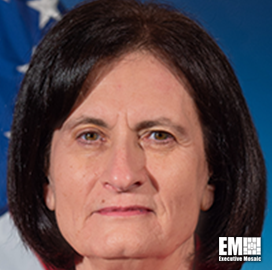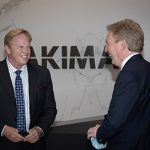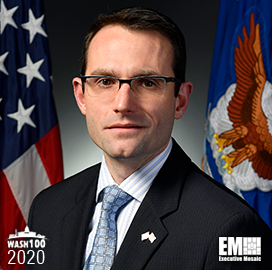Gen. John Murray, commanding general of the U.S. Army Futures Command (AFC) and a 2020 Wash100 Award winner, has said the Army’s integrated tactical network (ITN) needs updated commercial technologies to operate at constrained bandwidth ranges.
The Army conducted an experiment called “Project Convergence” to test ITN’s capacity to ingest data through artificial intelligence, robotics and automated systems. The exercise began in August and lasted for several weeks at Yuma Proving Ground in Arizona, FCW reported Thursday.
Brig. Gen. Ross Coffman, head of the AFC cross-functional team for next-generation combat vehicles, said that the primarily mobile network ran into challenges during the assessment due to its lack of capacity to handle network components in a ruggedized environment.
According to Murray, the network is the backbone of the Army’s main operations and the service needs to “spin in commercial capabilities to continue to enrich and expand the network we have.”
The Army plans to include weapons systems and testing approaches from the other military branches for the network’s next assessment scheduled for 2021. Last month, the Army announced plans to include a secure but unclassified (SBU) environment for the tactical network in the service’s Capability Set ‘21.









